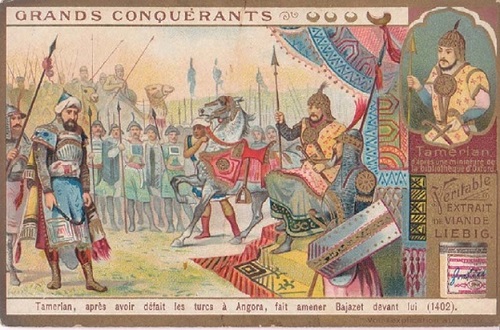The Battle of Ankara was fought on the 20th of July 1402. Two of the greatest rulers of their time – Bayezid I The Thunderbolt, the Ottoman Sultan, and Emperor Tamerlane, the Mongolian conqueror.
Their battle in the field of Çubuk, near Ankara, was one of the greatest clashes of the era, leading to political crisis and civil wars within the Ottoman Empire.
The Two Conquerors of the East
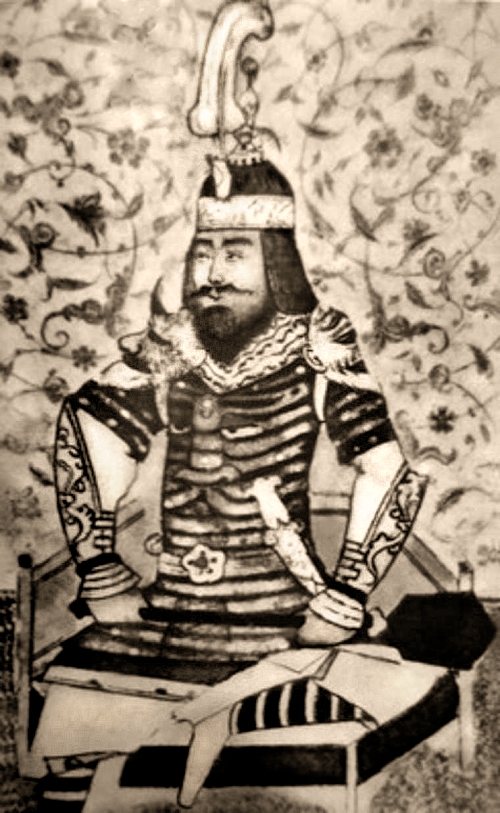
Timur, or Tamerlane, was a great conqueror. He insisted he was an heir of the Mongolian Emperor Genghis Khan. After he had cemented his claim, he began expanding his rule over the eastern coasts, into Anatolia and Armenia. His war with the Ottoman Empire originated in 1399 when Timur crushed the rulers of the Turkmen territories and entered in Anatolia. In 1400 Timur had already taken the lands of Armenia and Georgia, not to mention Syria, where he sacked and pillaged the great cities of Damascus, Aleppo and Samarkand, massacring their inhabitants in the process.
In 1401, Timur had already invaded the city of Baghdad and executed over 20,000 of its citizens.
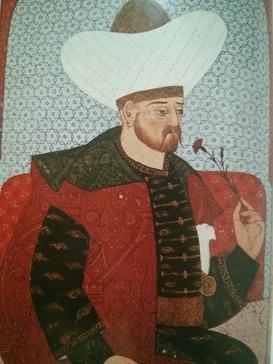
The bloody expansion of Timur’s dominion finally led him to his rival, the Ottoman Sultan Bayezid I – The Thunderbolt. The 4th Ruler of the Ottoman Empire had already conquered a large part of the Balkan Peninsula and Asia Minor, and had control over numerous smaller countries and emirates.
As the horde of Mongolian warriors advanced further and further over the years, the two rulers kept sending each other threatening messages and arguing over the control of one of the eastern Anatolian emirates. The two powers of the East were on course for an inevitable confrontation, which looked set to finally take place after the Mongolians invaded Sivas.
The two rulers’ forces finally met in Çubuk, near the city of Ankara.
The Armies and their Positioning
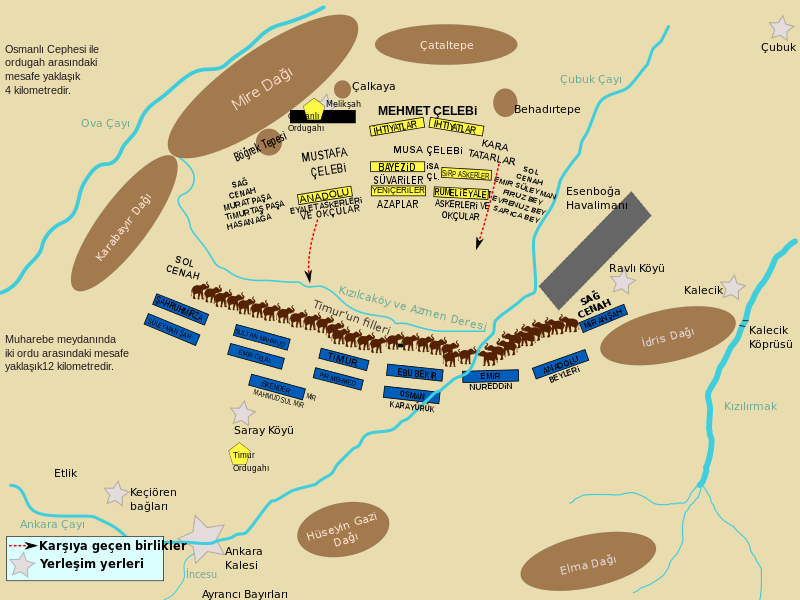
Timur, the Mongolian Emperor, had brought with him a considerable army. Some sources estimate that his troops numbered almost 140,000, though this is open to debate. A huge proportion of his forces rode on horseback, while Bayezid, the Ottoman Sultan, marched with, at most, 85,000 at his back. These men were weary and worn, and the odds seemed already to be stacked against them.
Bayezid I was so infuriated with the Mongolian leader that he did not let his men rest before the attack, despite the long journey from Constantinople. Even after he was advised by his generals to take a defensive position and fortify his army, the years of bad blood and mounting tension had clouded his judgment.
Bayezid’s army had never suffered a loss since he taken the throne in 1389, but their strength was now put to the test. The right wing of the Ottoman army comprised of Anatolian Spahis, an Ottoman cavalry unit, and Tatars, under the command of Prince Suleiman. The center was held by Janissary units and the Elite Spahis, with Bayezid I himself and his son Mehmed Çelebi in command. The left wing, including Serbian troops and other vassals, were led by Stefan Lazarević, a Serbian prince and the Sultan’s brother-in-law.
Breaking from his usual tactics, Timur decided to take a defensive stance. He ordered the construction of trenches, fortified with wooden stakes. Taking command of the reserve, he divided his army into three corps. The middle group contained war elephants and grenade throwers, while the other two wings were of cavalry units.
The Battle of Ankara
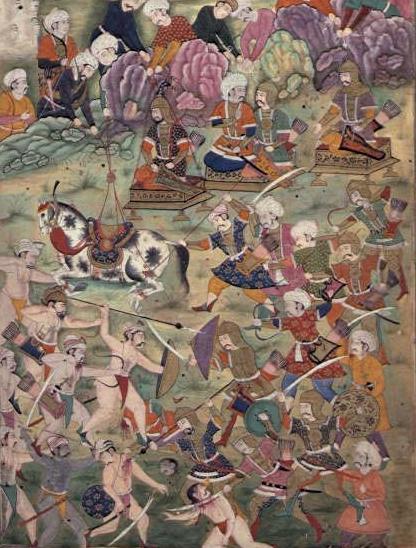
The Sultan gave the order to attack and his men rushed into battle. While the Ottoman center was pushing the enemy, Stefan Lazarević led his left wing of knights and infantry to engage the Mongolian horsemen. His men managed to route the rival wing, and the Mongolian cavalry fell back disarrayed.
At that moment, however, the Tatars revealed their true intentions.
Long before the battle, Timur managed to quietly buy the allegiance of the Tatars. When the moment came, they changed sides. Instead of fighting the Mongolians, the Tatars began massacring the confused Ottoman forces. Thus, a united front of Tatars and Mongols attacked the right wing under Prince Suleiman and quickly crushed their opponents. The shocking turn of events set the Ottomans back considerably, and they lost their moral. Stefan Lazarević, overwhelmed by their treachery, ordered his men to withdraw from the battlefield. With both wings compromised, Bayezid’s center was left to its fate.
Together with his Janissary and Elite Spahis, the Sultan tried to hold the center and turn the battle. However, he greatly outnumbered and his men lacked any access to fresh water, since Timur had diverted the only water source early. Under the vicious and unstoppable onslaught, the last Ottoman forces were soon broken. The Thunderbolt himself managed to somehow flee the battlefield with a few hundred of his men, heading to the mountains, but the Mongolian leader ordered his men to pursue them.
Soon the Sultan and his men are captured, and the once powerful Ottoman ruler was now a prisoner of the Mongolian conqueror. Bayazid I The Thunderbolt died in captivity few months later.
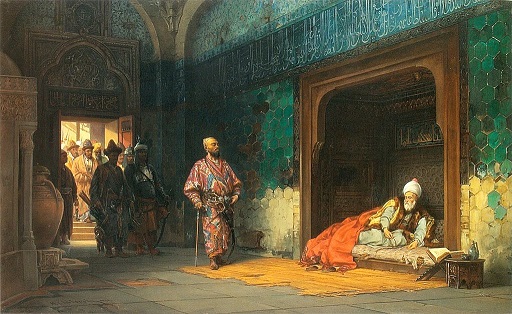
The Rise and Fall of the Empires
After the Battle of Ankara and Timur’s great victory, the entire western Anatolia suffered under the ravaging, pillaging and massacring all the way from Ionia to the Hellespont. Timur quickly lost interest in Anatolia and after he had reinstated some Emirates decided to continue his expansion to the east and headed to China, but after his death the Timurid Empire went into decline.
The heavy loss was almost fatal for the Ottoman Empire and soon a civil war took place and continued for a good 10 years. The decade is recorded in history as the Ottoman Interregnum, when the sons of Bayezid I the Thunderbolt fought among themselves for the crown, even after Timur confirmed Mehmed Çelebi as the rightful heir. Soon after the civil war ended the Ottoman Empire recovered its former power and glory.
